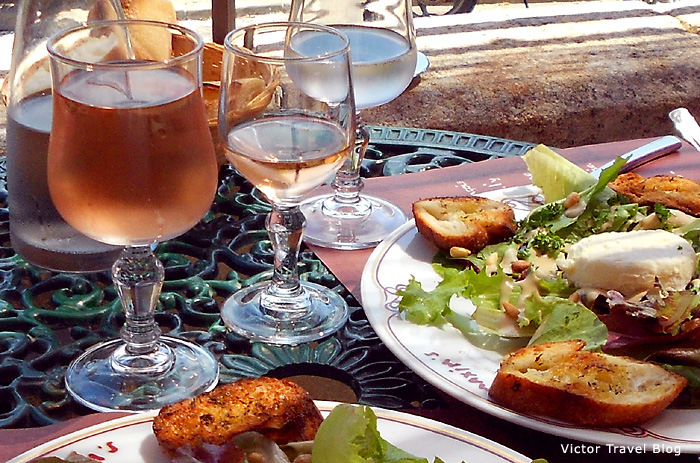We have all been here before.
Pro tip: it’s British English to call a friterie, frituur or frietkot a “chip shop.” But when you’re in Belgium, merely follow your nose and/or the trail of satisfied cone-bearing customers, and get sauced.
Last week the topic of chip shops in Flanders rendered me both hungry and fascinated, given this new proposal for protected status. But of course eateries (and watering holes) help to define the urban landscape, whether in Belgium or Clifton. Preservationism in America often gets immersed in details about cornices and window treatments. Shouldn’t this instinct be extended a bit further, into the sort of culture that fills stomachs?
Flanders to give protected heritage status to frietkots, by Liz Newmark (The Bulletin)
Flemish heritage minister Matthias Diependaele is calling on all communes in Flanders to nominate which chip stands or ‘frietkots’ should be given protected status.
“Chip shops contribute to defining the urban landscape of our villages and towns,” Diependaele (N-VA) said. “Some are so iconic for our chip culture, that they must be preserved.”
“I want to ensure that the Flemish local authorities get involved in identifying the most historic chip shops,” the minister explained. “Of course, we cannot protect them all. We will only choose the real little gems.”
His call comes as Professor Yves Segers of the Center for Agricultural History at KU Leuven told Radio 2 that at the end of the 1950s there were 20,000 chip shops in Flanders, but today there were no more than 5,000.
Today’s cover photo credit goes to Friterie de la Grand Place Mons, from Facebook.





















